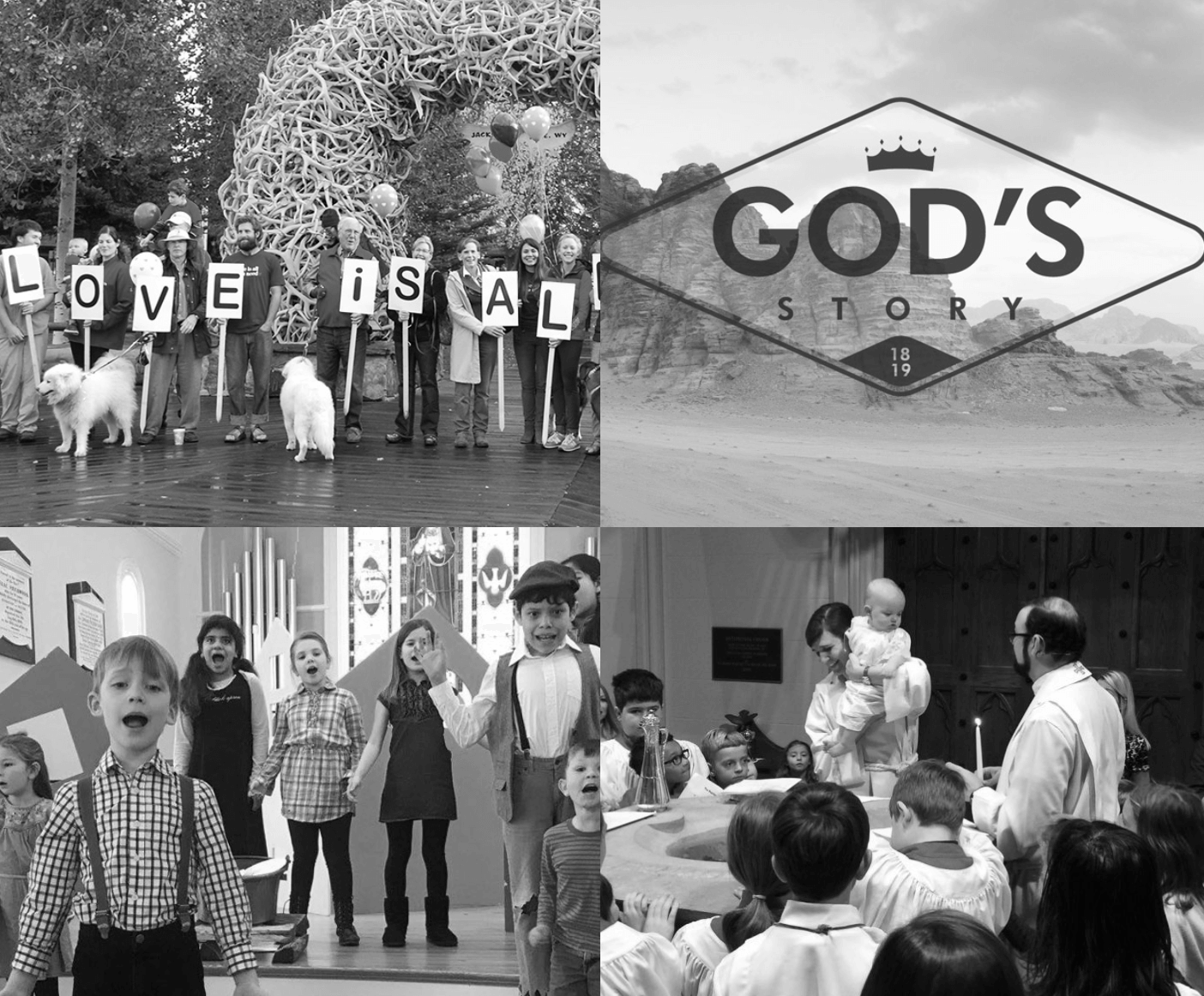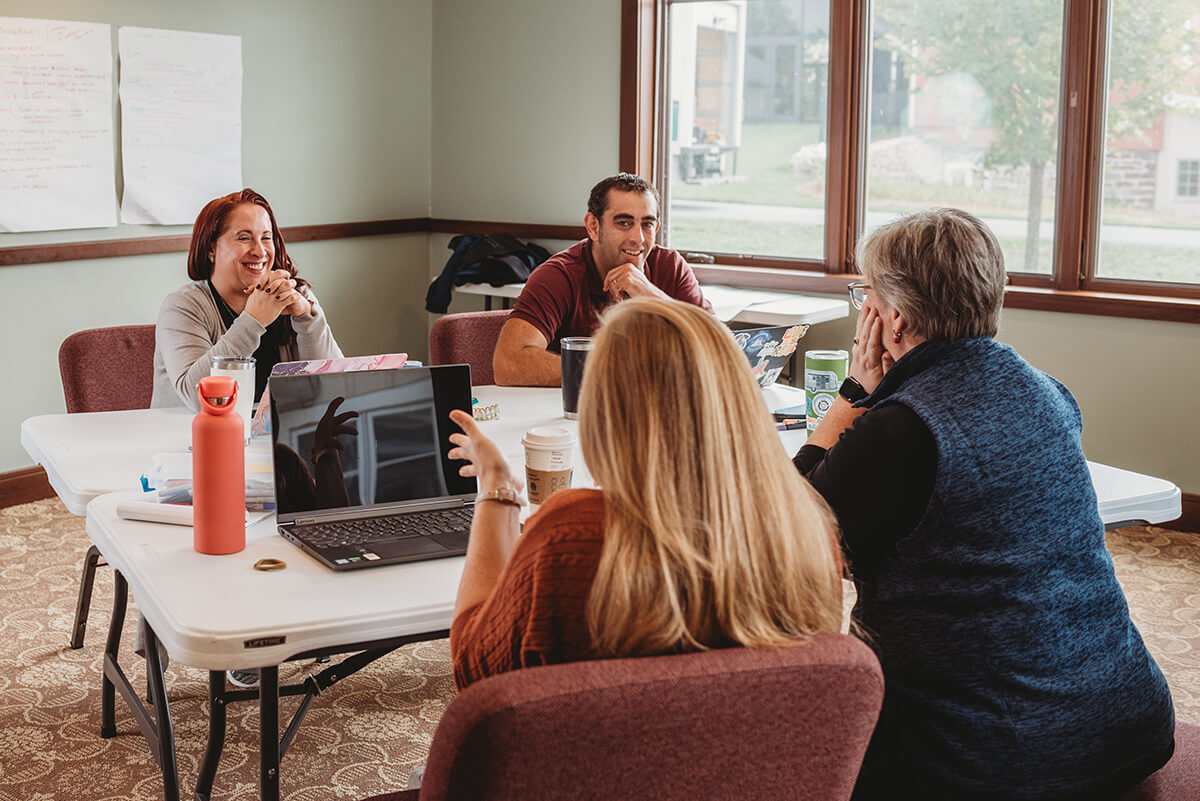Platforms

|
Common Vision Our easy-to-use flagship software (formerly Membership Vision) integrates your organization’s website, social media, podcasts, calendars, and newsletters to be current, shareable, mobile, and accessible to both existing and new audiences. |
|
Partners in Technology Membership Vision helps churches, nonprofits, and mission-driven organizations of all sizes tell their stories and maintain an effective and sustainable online presence. The Membership Vision platform enable organizations to be invitational, engaging and current — all while removing technological hurdles. |
 |
|
Our Services |
||
 Websites
Learn More
|
 Digital Outreach
Learn More
|
 Consulting and Education
Learn More
|
| Schedule an Inquiry Call | ||
 |
Connection is What We Do Be it social media, newsletter, website, calendar, podcasts, blogs, and other digital media, we connect all the media that matter to your organization. We take any task, from creating forms to sending newsletters to audio and video podcasting, and make it simple and sustainable. |